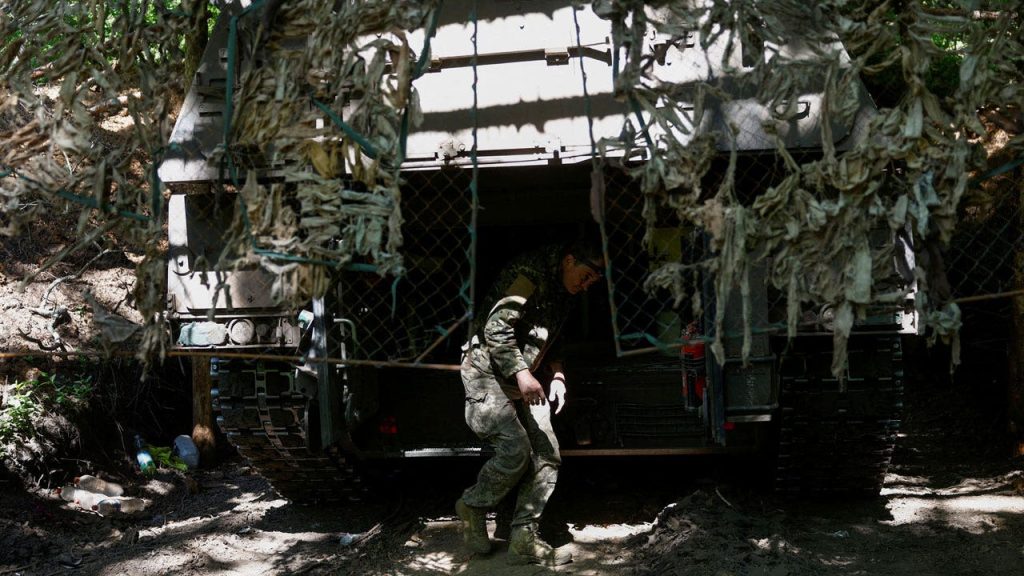Ukrainian artillery units, such as the 43rd Artillery Brigade, are engaged in a dangerous game of cat-and-mouse with Russian drones hunting high-value targets like the Panzerhaubitze 2000 self-propelled howitzer. These units must constantly evade enemy surveillance from above while also facing ground attacks along the front lines in the south and east of Ukraine. Counterbattery efforts are crucial to suppressing enemy fire and enabling Ukrainian forces to hold their ground against Russian advances.
The crews of these artillery units face increasing harassment from enemy drones, including high-tech attack drones like the Lancet. These drones have targeted the Ukrainian artillery units multiple times, but thanks to the Panzerhaubitze’s armor, crew members have largely remained unharmed. The presence of Russian drones, such as the Orlan and Supercam, poses a significant risk to Ukrainian artillery units, often hindering their ability to move and engage enemy targets effectively.
Russian reconnaissance drones have become a major nuisance for Ukrainian artillery units, with enemy surveillance drones posing a greater risk than Russian counterbattery radar. This has led to calls for more electronic warfare systems to jam Russian drones and protect Western-supplied artillery weapons like the Panzerhaubitze. Despite efforts to rotate the howitzer among multiple hiding spots and shield it with hand-built structures, the artillery units remain vulnerable targets for Russian strikes.
The Ukrainian military faces a critical shell shortage that limits the potential of weapons like the Panzerhaubitze. Ukrainian troops are eagerly awaiting shipments from a delayed U.S. military aid package to replenish their ammunition supply and enhance their capabilities on the front lines. Longer-range ammunition would allow them to target Russian self-propelled guns and protect themselves from counterbattery fire. In the meantime, the crews struggle to maintain and repair their vehicles with limited spare parts and malfunctioning navigation systems.
Weak counterbattery capabilities have allowed Russian forces to be more aggressive in their artillery strikes, putting Ukrainian units like the 43rd Brigade battery at greater risk. Russian Defense Minister Sergei Shoigu has announced plans to intensify strikes on Ukrainian storage bases that house Western-supplied weapons like the Panzerhaubitze. Despite the challenges and threats faced by Ukrainian artillery units, the crews remain determined to defend their positions and hold off Russian advances with limited resources and support. Collaboration between electronic warfare, surveillance, and artillery systems is seen as essential to improving their hit percentage and maximizing their effectiveness on the battlefield.


